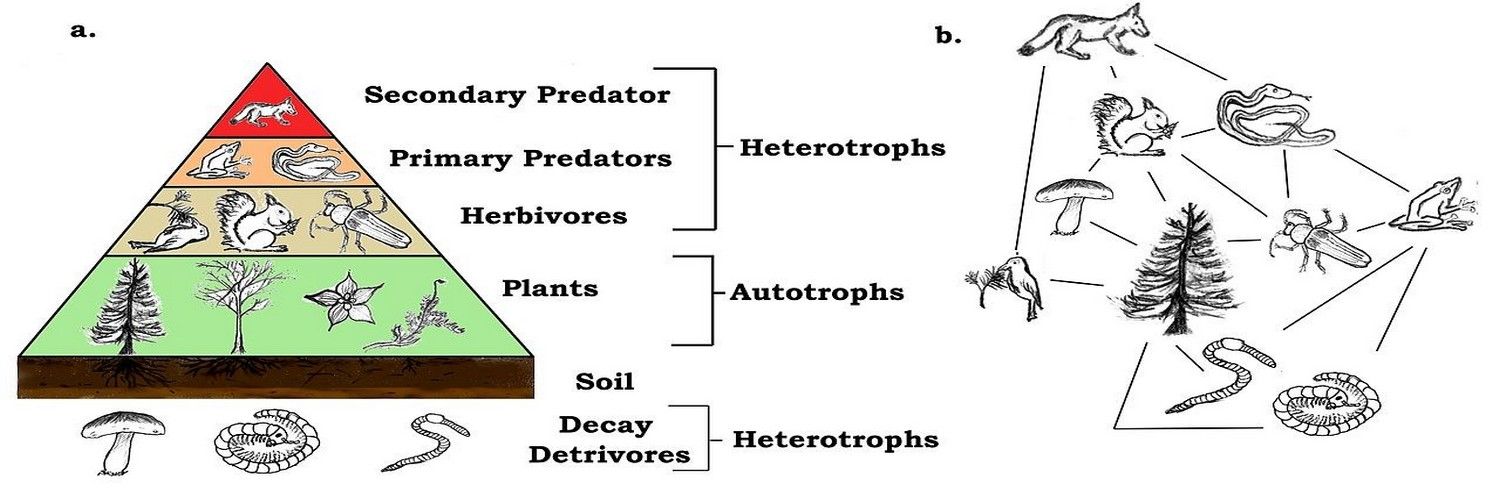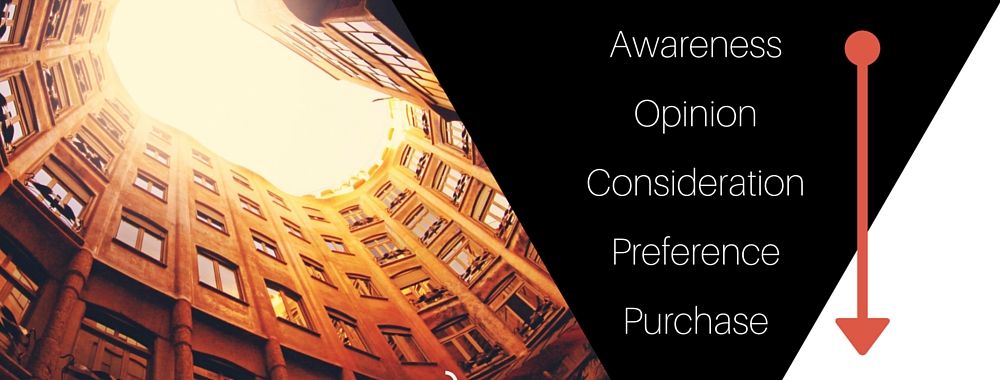Products do not exist in isolated universes by themselves. Just as creatures in a biological system are affected by the environment; products form part of a greater eco-system in which they are affected by their environments.
Market ecology is the understanding that cultural, economic, political, social and technological environments impact on both the adoption and continued use of a product.
Cultural Environments
Don Norman, the renowned designer, writing for Core 77 in his article, “Does culture matter for product design?,” argues that culture is no longer particularly relevant to product design. That globalization of products has reduced the effective impact of most design decisions.
However, he also argues, in the same article, that this is a failure to capitalize properly on cultural environments and that the homogenization of design both diminishes culture and humanity and reduces the ability to maximize the benefits that design can play in a given role.
What is certainly true is that cultural environments do have an impact on whether a design will flourish in a given market or not. For example, while a set of four plates, bowls, cups, etc. may be perfect for a Western home (as it provides utensils for each member of the family) it would likely be rejected by Chinese consumers (in China four is an unlucky number which is associated with death).
Don Norman (pictured below) is correct that cultural environments are less important than they once were. Wherever you are on the planet people use products for similar reasons but this does not mean that the cultural environment can be ignored completely.
Designers will need to research potential cultural issues within any given market and try to avoid mistakes which will negatively impact adoption or ongoing success. They may also find potential enhancements within the cultural framework of a market too.

Author/Copyright holder: jordanfischer. Copyright terms and licence: CC BY 2.0
Economic Environments
Economic environments are extremely complex and may change in a heartbeat. Countries such as Greece have swung from economic prosperity to economic collapse in minutes.
Economies may exist with a market and they may exist outside of that market too. Commodity prices, for example, such as the price of oil are driven by a market for the product and there is an economic environment for oil. However, the sale of oil also depends on the economic health of customers and there is an external economic environment for oil too.
It is hard for designers to plan for economic swings but many designers make use of economic hardship to drive innovation. The $100 laptop, the $2,200 car, etc. are all products which have arisen to meet the needs of markets with depressed economic circumstances.
Political Environments
Political environments can be hard to predict; from a product designer’s perspective the most obvious impact on a market is the change of law or regulatory regimes. It is worth noting that a failure to consider the legal environment that currently exists may also be problematic for a product launch.
If you consider Segway, the two wheeled motorized vehicle (shown below), it is has encountered numerous market adoption problems due to the legal environment of nations not having a classification for Segway as a vehicle. This has resulted in much lower rates of adoption than the company had anticipated as Wired magazine revealed in their article; “Well, that didn’t work”.
While it may be possible for large companies to influence the political environment through lobbying; in most cases product designers should be aware of the political environment and any challenges it may present prior to developing products. It is unlikely that a small company will be able to withstand the kind of challenges that Uber, the taxi app company, has been able to fend off while dealing with regulatory systems around the world. According to Business Insider, Uber may yet find that even the deepest pockets can’t shape the regulatory infrastructure entirely in their favor.

Author/Copyright holder: ŠJů. Copyright terms and licence: CC BY 4.0
Social Environments
Social environments in the modern era take the form of the direct social network (friends, family, colleagues, etc.) and the indirect digital social networks that people are a part of.
Jeremiah Owyang, partner at the Altimeter Group says; “Social networks represent the digital reflection of what humans do: we connect and share.”
Designers and marketers can, to some extent, use digital social networks to drive product adoption. New Breed Marketing offer the example of General Electric tapping into social media using their “imagination at work” strategy. The company taps into the innovation of their audience to create experiences that are easy to adopt.
Technological Environments
Technology can change rapidly and a failure to adapt can leave products out in limbo. Kodak, the once great camera and film company, failed to adapt to the arrival of digital and their business model failed (ironically because Kodak developed the first digital camera). Nokia, the world’s leading handset brand, failed to come to terms effectively with the smartphone; the company refused to adopt the Android software platform and failed to develop a useful alternative. Today, Nokia no longer makes handsets.
You cannot design to prepare for unexpected technological disruption. However, you can amend your designs, in most cases, when such disruption occurs. Taking an “ostrich burying its head in the sand” approach, on the other hand, will inevitably lead to adoption failures and failures of existing products.

Author/Copyright holder: Jackelfive. Copyright terms and licence: Public Domain.
The Take Away
Market ecology is the understanding that products interact with their environments. That failing to account for those environments during product launch or iteration can prevent adoption of that product or destroy a successful product.
References
Don Norman’s “Does culture matter for product design?” can be found here.
The $100 laptop project is explained here.
The $2,200 car is explained here.
Wired’s examination of Segway’s failure “Well that didn’t work” can be found here.
Business Insider examines Uber’s regulatory challenges here.
New Breed Marketing examines successful social network campaigns here.
CNET explores the fall of Nokia here.
Forbes looks at the fall of Kodak here.
Hero Image: Author/Copyright holder: Thompsma. Copyright terms and licence: CC BY-SA 3.0











